IL MARE, IL SOLE, ECCETERA…



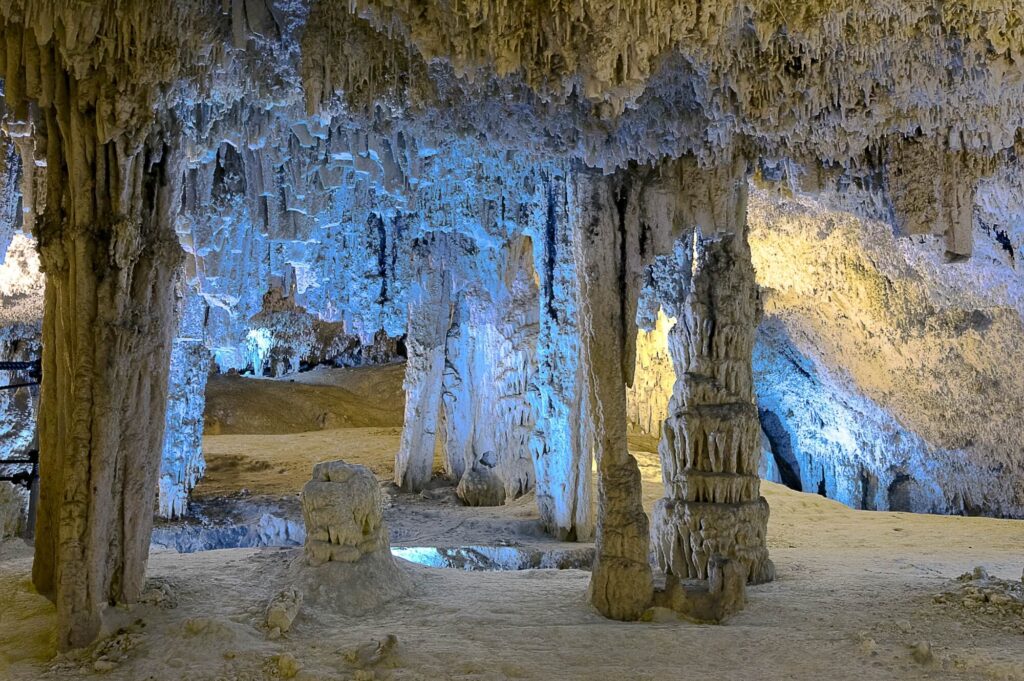
Grotte di Nettuno
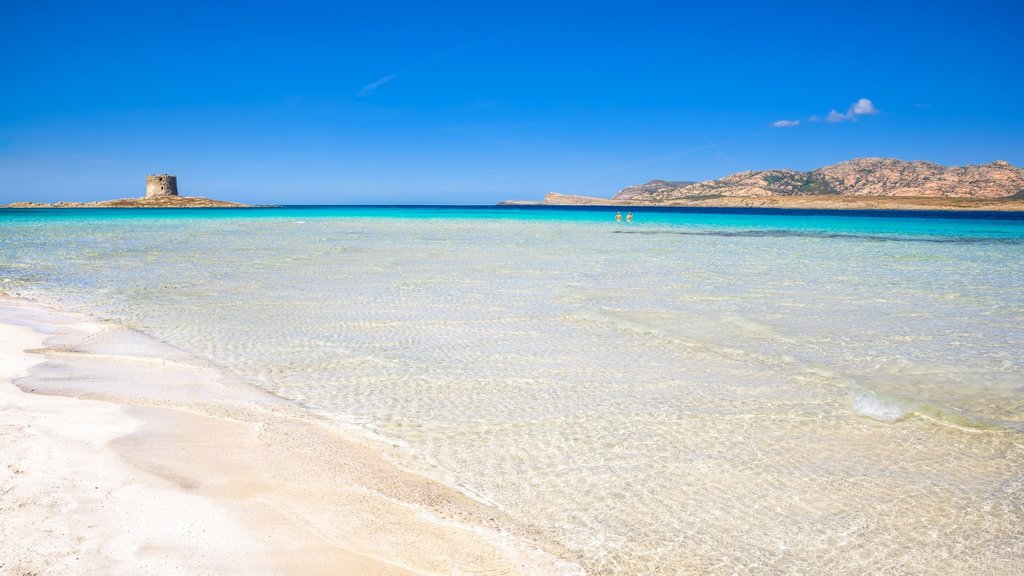
La Pelosa
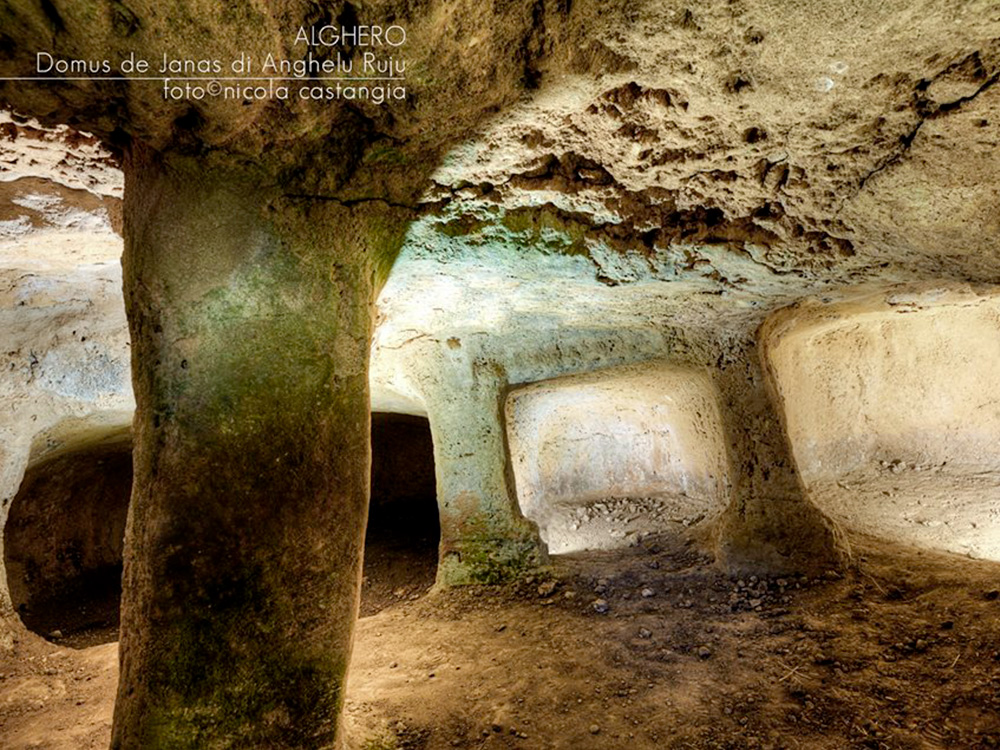
Anghelu Ruju
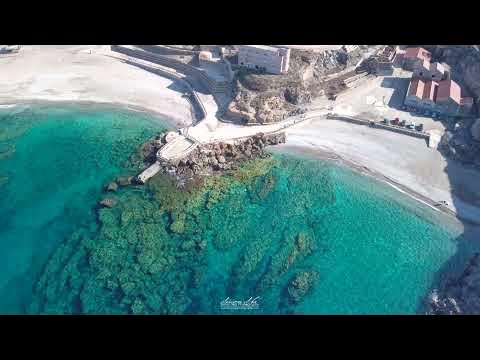
L’Argentiera
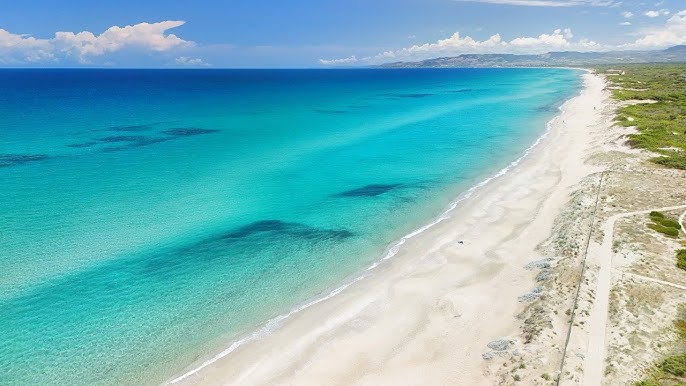
Platamona
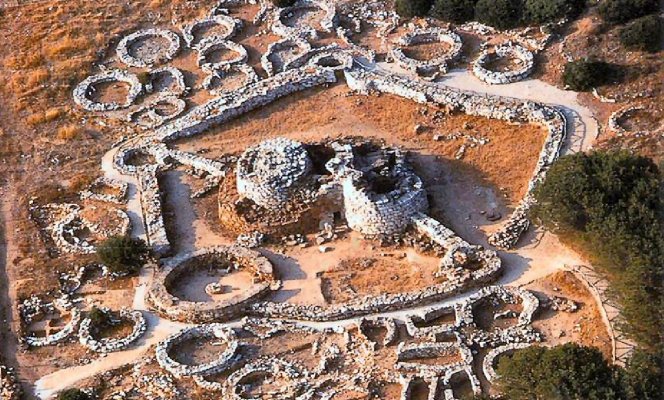
Nuraghe Palmavera
Il mare, il sole, eccetera…
La bellezza del mare della Sardegna, e di Alghero in particolare, è talmente famosa da essere ormai un fatto scontato.
Da sottolineare che Alghero, oltre al mare, ha alcune fra le attrazioni più conosciute della Sardegna. Ad iniziare dal suo centro storico, recuperato magistralmente diversi anni fa e diventato il posto più caratteristico della città. Nelle sue piazze e strette vie troverete un affascinante passato fra le sue botteghe e locali di prodotti caratteristici (a cominciare dal famoso corallo di Alghero), e se vi vorrete trattenere fra le sue mura per mangiare, non avrete che l’imbarazzo della scelta, fra i sapori caratteristici di Alghero, a cominciare dalla famosa paella catalana.
Sì, catalana. Ad Alghero troverete molto di catalano, ad esempio il nome delle vie e i colori giallo-rossi della città e, ancora, la lingua catalana di Alghero che ne costituisce la parlata, ora insegnata anche nelle scuole. Alghero è un’enclave catalana in Sardegna, una così detta “isola linguistica” perché molti secoli fa i catalani approdarono in questo porto, cacciando via tutti gli abitanti e popolando la città esclusivamente di cittadini provenienti dalla Catalogna. Poi i cittadini rientrarono ma ormai il seme era piantato e Alghero rimase per sempre un città catalana. Qui è presente anche una rappresentanza ufficiale della regione spagnola.
Alghero vi offre anche le spettacolari Grotte di Nettuno, che si trovano sotto il promontorio di Capo Caccia, chiamato “il gigante addormentato” per il suo profilo che ne ricorda la figura. Le grotte sono raggiungibili in barca (al porto si trovano numerose imbarcazioni presso le quali si può prenotare l’escursione) oppure a piedi attraverso la “Escala de cabirol”, formata da oltre 600 scalini a strapiombo sul mare, con una vista mozzafiato.
Poco fuori della città, Alghero propone un’altra visita molto interessante: la necropoli di Anghelu Ruju, la più grande del Mediterraneo. Una affascinante visita ad un gioiello e le sue Domus de Janas, costruzioni sotterranee molto diffuse in Sardegna. Il nome Anghelu Ruju, in dialetto sardo-logudorese, deriva dal vecchio proprietario del terreno (Angelo Ruju in italiano). Costui donò il terreno alla Sella & Mosca, casa vinicola con la quale confina. Al momento di piantare i filari del vitigno si scoprì che nel sottosuolo vi era qualcosa di più che la semplice terra. E così il luogo venne lasciato a disposizione dei visitatori e la Sella & Mosca celebrò questa scoperta con uno dei suoi vini più famosi che si chiama, appunto, Anghelu Ruju. Il suo vecchio stabilimento, risalente alla fine dell’Ottocento, può essere visitato prenotando la visita presso la casa vinicola.
Parlando di mari famosi, ad un’ora di macchina da Alghero potrete visitare una delle spiagge più conosciute della Sardegna, la meravigliosa Pelosa, a Stintino, vecchio villaggio di pescatori, raggiungibile attraverso il percorso Alghero – Porto Torres – Stintino. Della Pelosa c’è poco da dire, crediamo sia sufficiente guardare la fotografia per capire che, come dice qualcuno, il Paradiso è qui.
Una valida alternativa, poco conosciuta ma degna di nota, è la spiaggia di Platamona, che si trova poco dopo Porto Torres. SI tratta di una larga striscia di sabbia che si estende ininterrotta per 10 chilometri, facendone la spiaggia più lunga di tutta l’Italia.
THE SEA, THE SUN, ETC…
The beauty of the Sardinian sea, and of Alghero in particular, is so famous that it is now a given.
It should be noted that Alghero, in addition to the sea, has some of the most famous attractions in Sardinia. Starting with its historic center, masterfully restored several years ago and become the most characteristic place in the city. In its squares and narrow streets you will find a fascinating past among its shops and places of characteristic products (starting with the famous coral of Alghero), and if you want to stay within its walls to eat, you will be spoiled for choice, among the characteristic flavors of Alghero, starting with the famous Catalan paella.
Yes, Catalan. In Alghero you will find a lot of Catalan, for example the names of the streets and the yellow-red colors of the city and, again, the Catalan language of Alghero which constitutes its dialect, now also taught in schools. Alghero is a Catalan enclave in Sardinia, a so-called “linguistic island” because many centuries ago the Catalans landed in this port, chasing away all the inhabitants and populating the city exclusively with citizens from Catalonia. Then the citizens returned but by then the seed was planted and Alghero remained forever a Catalan city. There is also an official representation of the Spanish region here.
Alghero also offers you the spectacular Grotte di Nettuno, located under the promontory of Capo Caccia, called “the sleeping giant” for its profile that resembles his figure. The caves can be reached by boat (there are numerous boats at the port where you can book the excursion) or on foot via the “Escala de cabirol”, made up of over 600 steps overlooking the sea, with a breathtaking view.
Just outside the city, Alghero offers another very interesting visit: the necropolis of Anghelu Ruju, the largest in the Mediterranean. A fascinating visit to a jewel and its Domus de Janas, underground constructions very common in Sardinia. The name Anghelu Ruju, in the Sardinian-Logudorese dialect, comes from the old owner of the land (Angelo Ruju in Italian). He donated the land to Sella & Mosca, a winery with which it borders. When it was time to plant the rows of vines, it was discovered that there was something more underground than just soil. And so the place was left available to visitors and Sella & Mosca celebrated this discovery with one of its most famous wines, called, precisely, Anghelu Ruju. Its old factory, dating back to the end of the 19th century, can be visited by booking a visit at the winery.
Speaking of famous seas, an hour’s drive from Alghero you can visit one of the most famous beaches in Sardinia, the wonderful Pelosa, in Stintino, an old fishing village, reachable via the Alghero – Porto Torres – Stintino route. There is little to say about Pelosa, we believe it is enough to look at the photograph to understand that, as someone says, Paradise is here.
A valid alternative, little known but worthy of note, is the Platamona beach, which is located shortly after Porto Torres. It is a wide strip of sand that extends uninterrupted for 10 kilometers, making it the longest beach in all of Italy.
